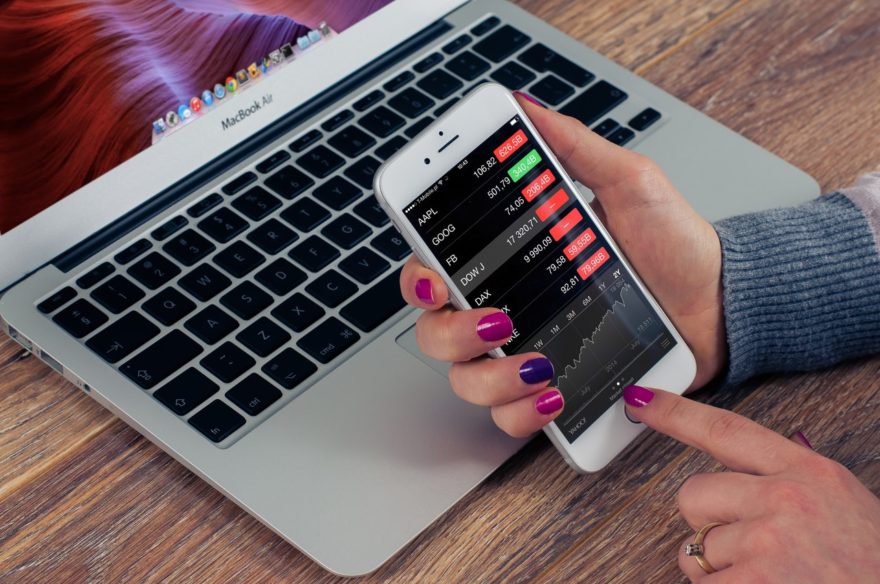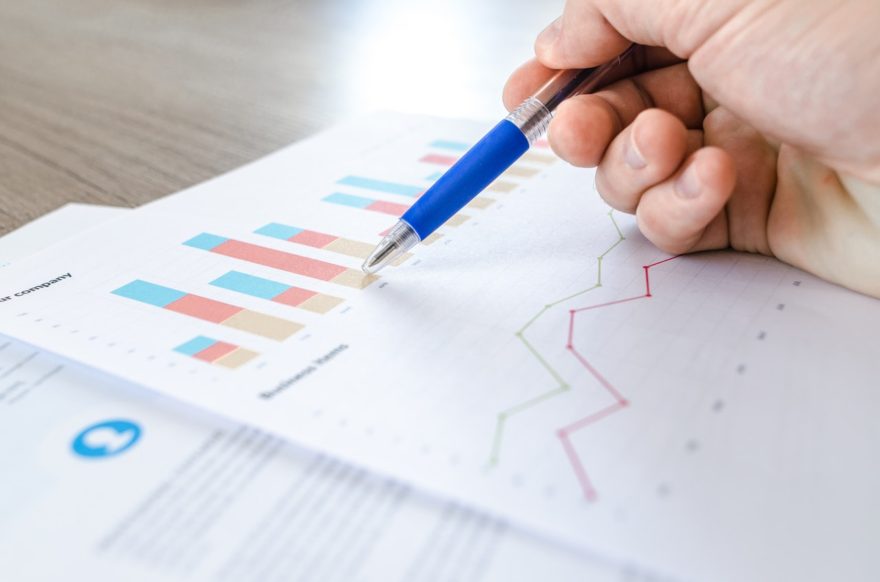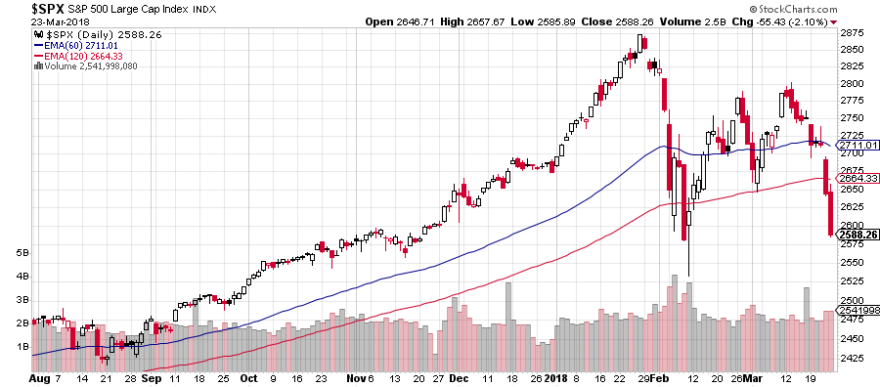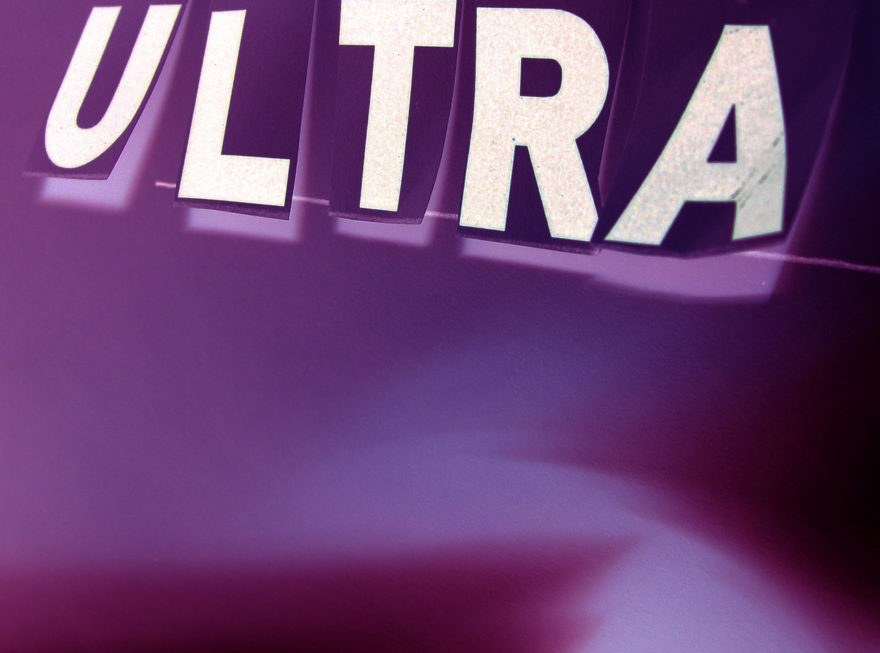2018 saw rising interest rates, which hurt the prices of bonds. Most bond funds were flat to slightly down for the year. Rising interest rates also means higher yields, and we now see sufficient yields to justify buying short-term bonds. We have been reducing our equity exposure over the last few weeks, and have been using those proceeds to buy individual investment grade short-term bonds and Exchange Traded Funds (ETFs).
I wanted to share a couple of themes which will guide our investment process for fixed income in the year ahead. In general, this is not a great time to be taking a lot of risk with your bond allocation. We want to use bonds to offset the risk of stocks to dampen overall portfolio volatility. Thankfully, bonds can now also make a positive contribution to your return albeit in a very modest 2-4% range, and with low or very low risk.
1. Credit doesn’t pay. A credit spread measures the difference in yield between a high quality bond, such as a US Treasury bond, versus say a bond issued by a company which has lower credit. That spread remains very tight today, meaning that you are not getting much additional yield for accepting the credit risk of a lower quality issuer.
This has led us to be selective about which corporate bonds we buy, only buying issues which have enough spread to justify their purchase. In today’s market, this primarily leads us to financial companies, especially the large banks, and to municipal bonds, including the rarely-discussed taxable municipal bonds which are a good choice for IRAs or other non-taxable accounts.
Both Treasury and US Government Agency bonds still have lower yields than CDs. This month, we bought some one-year CDs at 2.70% to 2.75% while the one-year Treasury was around 2.50%. That spread widens as we look to two and three year maturities.
I should explain that we offer “Brokerage CDs”, which are a little different than your typical bank CDs. Brokerage CDs are FDIC-insured against loss and we can shop for the best rates available, from both top banks like Wells Fargo or JP Morgan Chase and from smaller local banks who want to compete for the best yield.
While you can typically redeem a bank CD early, albeit with an interest penalty of a few months, with a Brokerage CD, you would have to sell the CD in the bond market. If interest rates continue to rise, you would likely have to sell at less than full value. While these CDs offer the excellent rates, they are best used when you can hold to maturity.
We use CD rates as the basis of our spread comparison, rather than the traditional Treasury bonds. If we can’t find an improvement of at least 0.35% to 0.50% for an A-rated bond, then it’s not worth taking even the small risk over the CD. We will still use Treasury Bills for maturities of 6 months or less.
2. 5-year Ladder. In larger accounts, our goal is to create a ladder of bonds and CDs that mature over the following five years (2019, 2020, 2021, 2022, and 2023). This gives us a nice diversification of maturities while still maintaining a low overall duration. When the 2019 bonds mature, we purchase 2024 bonds to maintain a 5-year structure. In a rising rate environment, we are likely to be able buy new bonds at a higher rate.
Besides being a sensible way to build a bond portfolio, a ladder also can be used to meet future needs for withdrawals or Required Minimum Distributions. Then instead of needing to sell equities or bond funds which could be down, we have a bond that is maturing to meet those cash needs. As a result, an investor might not need to touch their equities for the next five years. If or when their equities do grow, we can rebalance by selling stocks and buying new bonds at the top of the ladder.
While bond prices may go down if interest rates continue to rise in 2019, when you have an individual bond or CD, you know that it will mature at its full face value. So even if prices fluctuate, you will realize your stated Yield to Maturity when you do hold to maturity, which should be very possible with a 5-year ladder.
(Two notes: 1. While we can say that CDs and Treasury Bonds are guaranteed, other types of bonds do have some risk of default and cannot be described as guaranteed. 2. Investors who try to predict interest rates have as little success as investors who try to predict stock markets. We do not want to make bets on the direction of interest rates.)
3. Fixed Annuities. Annuities get a bad rap, but a Fixed Annuity is a third type of guaranteed fixed income investment. They deserve a closer look by investors as a bond substitute and work well with a 5-year laddered approach.
The current rate for a 5-year fixed annuity is 3.80% from one carrier I use. That compares to a 5-year CD at 3.35% to 3.60%. That’s not much of an improvement, however, the Fixed Annuity is an insurance product outside of our managed portfolio, so there are no investment management fees. Your net return is 3.80%. The insurance company will pay me a small commission directly, which does not impact your principal or your rate of return.
I think laddering fixed annuities can make sense for some, as a bond replacement, and more investors should learn about this before dismissing it as soon as they hear the word annuity. A 3.80% percent return on an annuity would be the equivalent of a 4.80% bond if you include a 1% annual management fee.
We wrote about doing a 5-year ladder of Fixed Annuities back in February 2016 in this blog, and I think it still makes sense for some investors. We would count this as part of your fixed income target for your overall portfolio allocation (60/40, etc.).
The stock market gets a lot of attention, but we don’t neglect fixed income in our portfolios. I do think there are benefits to managing your bond portfolio, and we spend as much time sweating the details of our fixed income selections as we do our stock market exposures.













